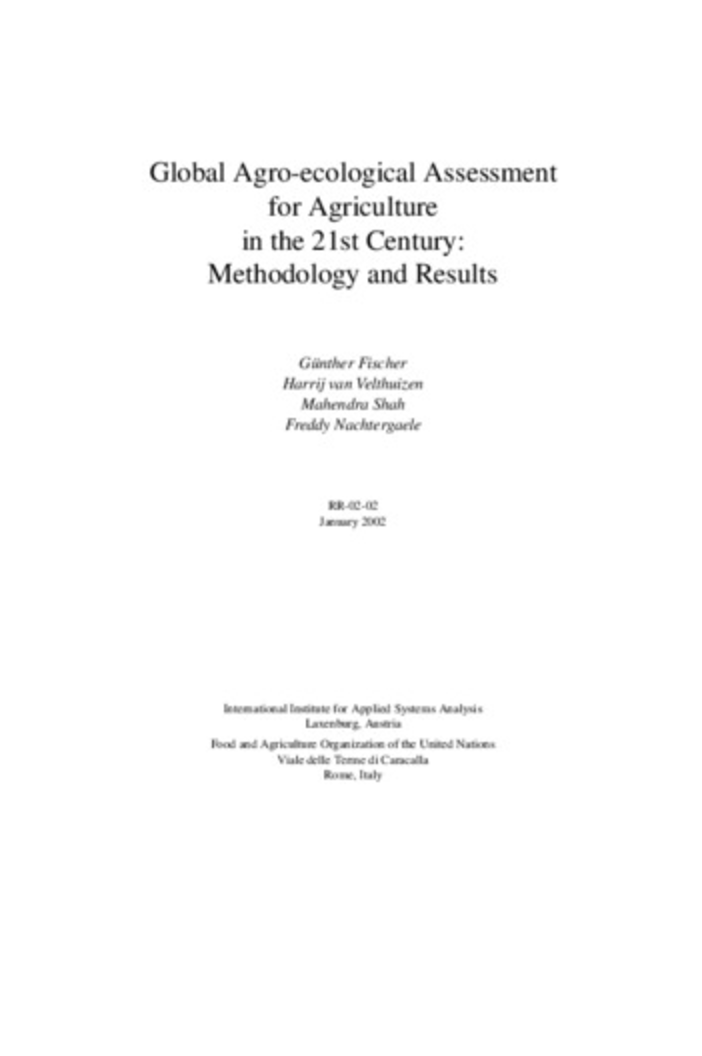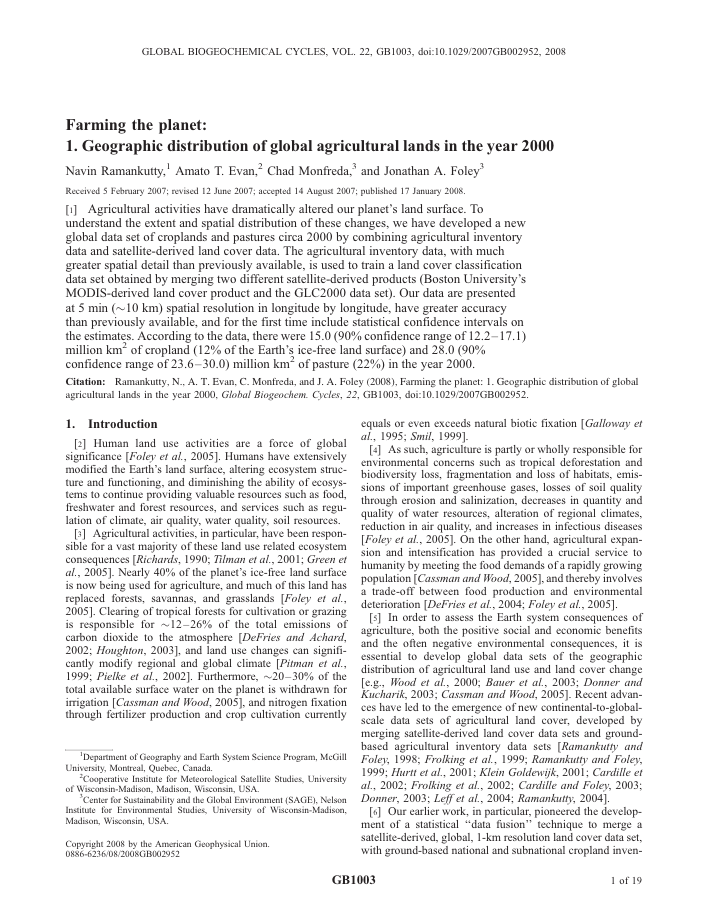Integrating Land Change Science and Savanna Fire Models in West Africa
Fire is a key component of many land use systems and a determinant of land change. There is a growing concern that climate change will cause more catastrophic fires, but in many areas the impacts will be mediated by human land use practices. In African savannas, for example, fires are frequent and research finds low inter-annual variability in burned areas in places with highly variable rainfall. This regularity of fire suggests that African regimes are humanized, meaning that they are governed by human practices more than climate variation.





